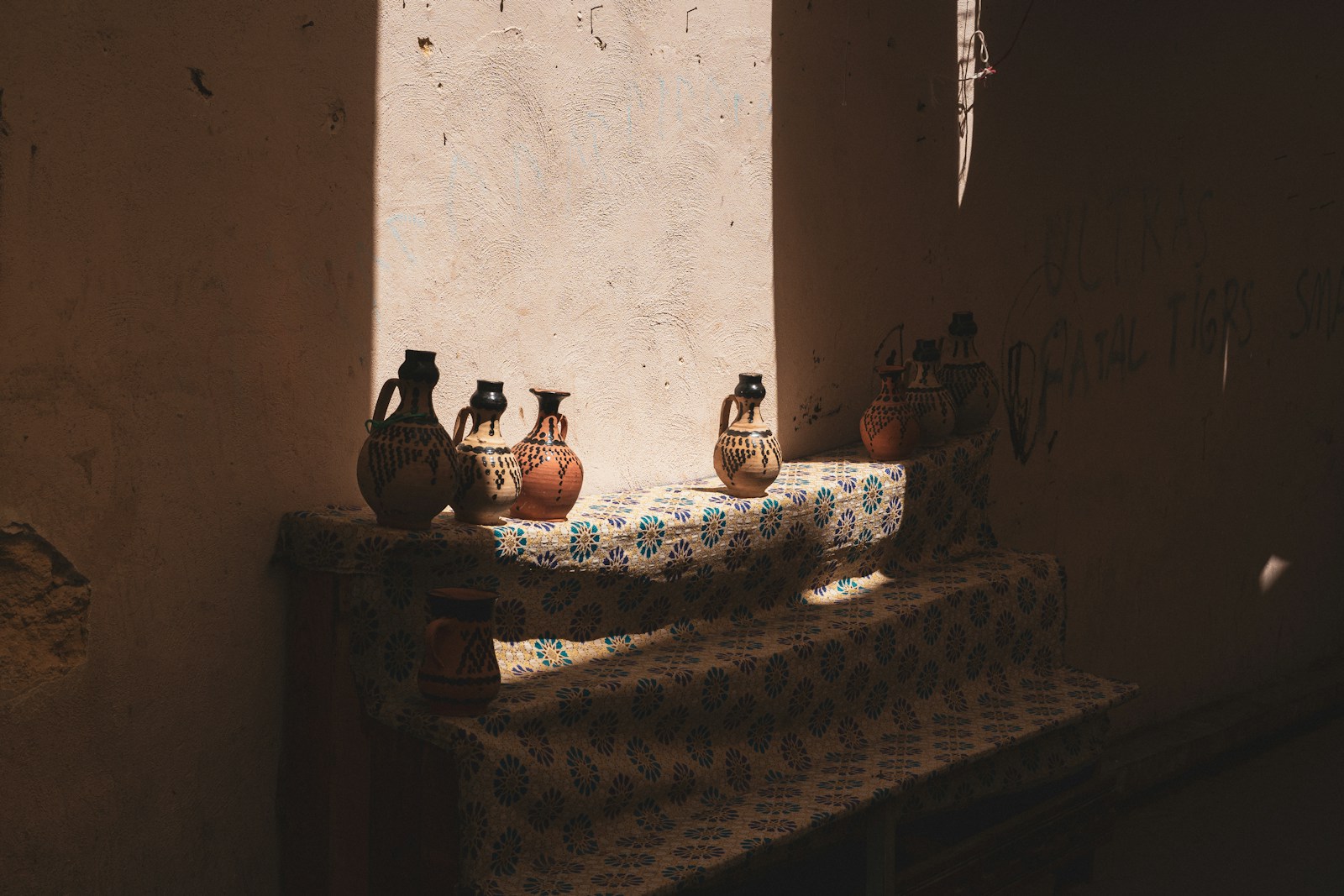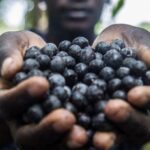Now Reading: The Chinese “money tree” (搖錢樹)
-
01
The Chinese “money tree” (搖錢樹)
The Chinese “money tree” (搖錢樹)

The Chinese cultural perspective on trees, wealth, and wisdom is deeply interwoven with mythology, philosophy, and everyday practices. Below is a detailed exploration of these connections:
🌳 1. The Money Tree: Symbol of Wealth and Fortune
- Mythological Roots: The Chinese “money tree” (搖錢樹) is a sacred bronze artifact from the Han Dynasty (206 BCE–220 CE), symbolizing affluence and divine blessing. Found in Sichuan tombs, it was believed to guide souls to paradise with coins that could be “plucked” for needs in the afterlife. Its imagery includes mythical creatures like sun birds and moon toads .
- Modern Symbolism: Today, the Pachira aquatica (braided Money Tree plant) represents luck and prosperity in Feng Shui. Its five leaves embody the five elements (earth, fire, water, wind, metal), and a rare seven-leaf stalk is considered immensely auspicious. Businesses place it near cash registers to attract wealth .
- New Year Rituals: During Chinese New Year, kumquat or pine trees adorned with red envelopes (filled with money) serve as “money trees.” The color gold signifies wealth, while oranges represent solar energy and positivity .
🌿 2. Symbolic Trees in Chinese Culture
Trees embody virtues, social bonds, and ecological harmony:
- Pine (松): Stands for integrity, perseverance, and longevity. The 1,300-year-old “Guest-Greeting Pine” on Mount Huang symbolizes hospitality, with branches resembling open arms .
- Willow (柳): Evokes sorrowful farewells, homophonous with 留 (to stay). Tang poets like Wang Wei used it in verses about parting .
- Mulberry & Catalpa (桑梓): Represent ancestral homes. Planted near dwellings for practical uses (silk production, medicine), they evoke nostalgia for one’s roots .
- Chinese Scholar Tree (槐树): Linked to academics and officials, as it shaded imperial courtyards where scholars convened .
Table: Symbolic Meanings of Key Chinese Trees
| Tree | Symbolism | Cultural Context |
|---|---|---|
| Pine | Integrity, longevity, hospitality | “Three Companions of Winter”; Mount Huang icon |
| Willow | Farewell, remembrance | Ba Bridge parting rituals; Tang poetry |
| Mulberry/Catalpa | Hometown, ancestry | Planted near homes; silk/medicine source |
| Red Bean Tree | Love, yearning | Tokens for distant lovers; Wang Wei’s poems |
💬 3. Proverbs: Trees as Metaphors for Wealth and Wisdom
Ancient sayings link arboreal imagery to prosperity and life lessons:
- Intergenerational Wealth:
> “前人种树,后人乘凉”
(“One generation plants trees; the next enjoys the shade”) .
This underscores sustainable legacy—wealth built for descendants. - Long-Term Prosperity:
> “If you want 10 years of prosperity, grow trees. If you want 100 years, grow people” .
Prioritizes investing in human capital over quick gains. - Resilience and Patience:
> “Dripping water penetrates stone” (水滴石穿) .
Like gradual tree growth, persistence overcomes obstacles. - Seizing Opportunity:
> “The best time to plant a tree was 20 years ago. The second-best is now” .
Encourages immediate action for future rewards.
🌱 4. Philosophical and Ecological Values
- Filial Piety & Harmony: The proverb “Among hundreds of virtues, filial piety comes first” (百善孝为先) ties family respect to societal stability—a “root” of collective prosperity.
- Nature as Sacred: Old-growth forests (e.g., Sweden’s decimated virgin woods) once inspired “pagan awe,” humbling human hubris . Deforestation for commodities (like Bible paper) reflects broken spiritual-material balance.
- Arbor Day Legacy: Established in 1915, China’s Arbor Day (March 12) honors Sun Yat-sen, linking reforestation to national renewal .
💎 Conclusion: Wealth Beyond Currency
In Chinese thought, true wealth intertwines material fortune (money trees), moral integrity (pine resilience), and intergenerational care (sangzi trees). As proverbs teach, prosperity blooms from patience, legacy, and harmony with nature—not mere coin. As one saying reminds:
“Cheap things are not good; good things are not cheap” .
The deepest riches grow slowly, like a well-tended forest. 🌲

Below are the Chinese proverbs and their precise French translations, preserving both literal meaning and philosophical essence. Each translation is contextualized with cultural notes:
🌳 1. Generational Wisdom
Chinese Proverb:
前人种树,后人乘凉
Literally: “Previous generations plant trees; later generations enjoy the shade.”
French Translation:
« Une génération plante les arbres, la suivante profite de l’ombre. »
Cultural Insight:
- Embodies intergenerational responsibility.
- Parallels the French ecological maxim: « Nous n’héritons pas de la Terre de nos ancêtres, nous l’empruntons à nos enfants. » (Saint-Exupéry).
🌱 2. Cultivating People vs. Trees
Chinese Proverb:
十年树木,百年树人
Literally: “It takes ten years to grow a tree, a hundred to cultivate a person.”
French Translation:
« Dix ans pour faire pousser un arbre, cent ans pour former un homme. »
Philosophical Nuance:
- Education (« former ») is framed as organic growth.
- Echoes French Enlightenment ideals (e.g., Rousseau’s Émile on nurturing human potential).
💧 3. Persistence
Chinese Proverb:
水滴石穿
Literally: “Water droplets pierce stone.”
French Translation:
« Goutte à goutte, l’eau creuse la pierre. »
Equivalent Idiom:
- « Petit à petit, l’oiseau fait son nid. » (Step by step, the bird builds its nest).
⏳ 4. Timely Action
Chinese Proverb:
栽树最好的时间是二十年前,其次是现在。
Literally: “The best time to plant a tree was twenty years ago; the second-best is now.”
French Translation:
« Le meilleur moment pour planter un arbre était il y a vingt ans. Le deuxième meilleur moment, c’est maintenant. »
Cultural Resonance:
- Mirrors the French call to action: « Il n’est jamais trop tard » (It’s never too late).
💰 5. The Money Tree (财富象征)
Chinese Symbol:
摇钱树 (Yáo qián shù) – Mythical “money tree”
French Translation:
« L’arbre à monnaie » or « L’arbre qui fait tomber les pièces »
Context:
- In Feng Shui, it symbolizes « la prospérité qui tombe du ciel » (prosperity falling from heaven).
- The braided Pachira plant is called « Le pachira porte-bonheur » (luck-bringing pachira) in French horticulture.
🌲 Bonus: Sacred Trees in French Lore
While China reveres pines/willows, France has its own arboreal symbolism:
- Oak (Chêne): Strength (« Solide comme un chêne »).
- Olive Tree (Olivier): Peace (rooted in Mediterranean heritage).
- Linden (Tilleul): Community (villages gathered under them).
« Les arbres sont les colonnes du monde » (Trees are the pillars of the world) – Provençal saying.
💎 Key Takeaway
These translations reveal a shared Franco-Chinese wisdom:
« La vraie richesse ne se mesure pas en pièces d’or, mais en graines plantées pour l’avenir. »
(True wealth is not counted in gold coins, but in seeds planted for the future.)











